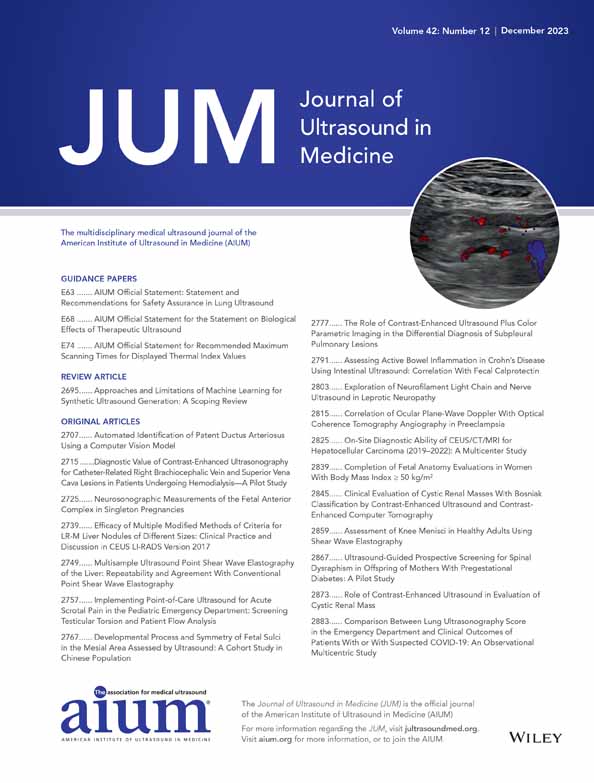Automated Identification of Patent Ductus Arteriosus Using a Computer Vision Model
This publication was supported by the South Carolina Clinical & Translational Research (SCTR) Institute, with an academic home at the Medical University of South Carolina CTSA, NIH/NCATS Grant Number UL1TR001450. The contents are solely the responsibility of the authors and do not necessarily represent the official views of the NIH or NCATS. We would also like to acknowledge the support of the Clemson University-MUSC AI Hub in making this work possible.
The authors certify that we have no financial arrangements (eg, consultancies, stock ownership, equity interests, patent-licensing arrangements, research support, honoraria, etc) with a company whose product figures prominently in this manuscript or with a company making a competing product.
Abstract
Objectives
Patent ductus arteriosus (PDA) is a vascular defect common in preterm infants and often requires treatment to avoid associated long-term morbidities. Echocardiography is the primary tool used to diagnose and monitor PDA. We trained a deep learning model to identify PDA presence in relevant echocardiographic images.
Methods
Echocardiography video clips (n = 2527) in preterm infants were reviewed by a pediatric cardiologist and those relevant to PDA diagnosis were selected and labeled (PDA present/absent/indeterminate). We trained a convolutional neural network to classify each echocardiography frame of a clip as belonging to clips with or without PDA. A novel attention mechanism that aggregated predictions for all frames in each clip to obtain a clip-level prediction by weighting relevant frames.
Results
In early model iterations, we discovered training with color Doppler echocardiography clips produced the best performing classifier. For model training and validation, 1145 such clips from 66 patients (661 PDA+ clips, 484 PDA− clips) were used. Our best classifier for clip level performance obtained sensitivity of 0.80 (0.83–0.90), specificity of 0.77 (0.62–0.92) and AUC of 0.86 (0.83–0.90). Study level performance obtained sensitivity of 0.83 (0.72–0.94), specificity of 0.89 (0.79–1.0) and AUC of 0.93 (0.89–0.98).
Conclusions
Our novel deep learning model demonstrated strong performance in classifying echocardiography clips with and without PDA. Further model development and external validation are warranted. Ultimately, integration of such a classifier into auto detection software could streamline PDA imaging workflow. This work is the first step toward semi-automated, bedside detection of PDA in preterm infants.
Open Research
Data Availability Statement
The data that support the findings of this study are available on request from the corresponding author. The data are not publicly available due to privacy or ethical restrictions.




